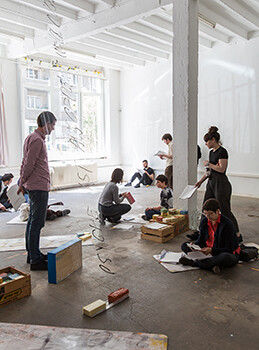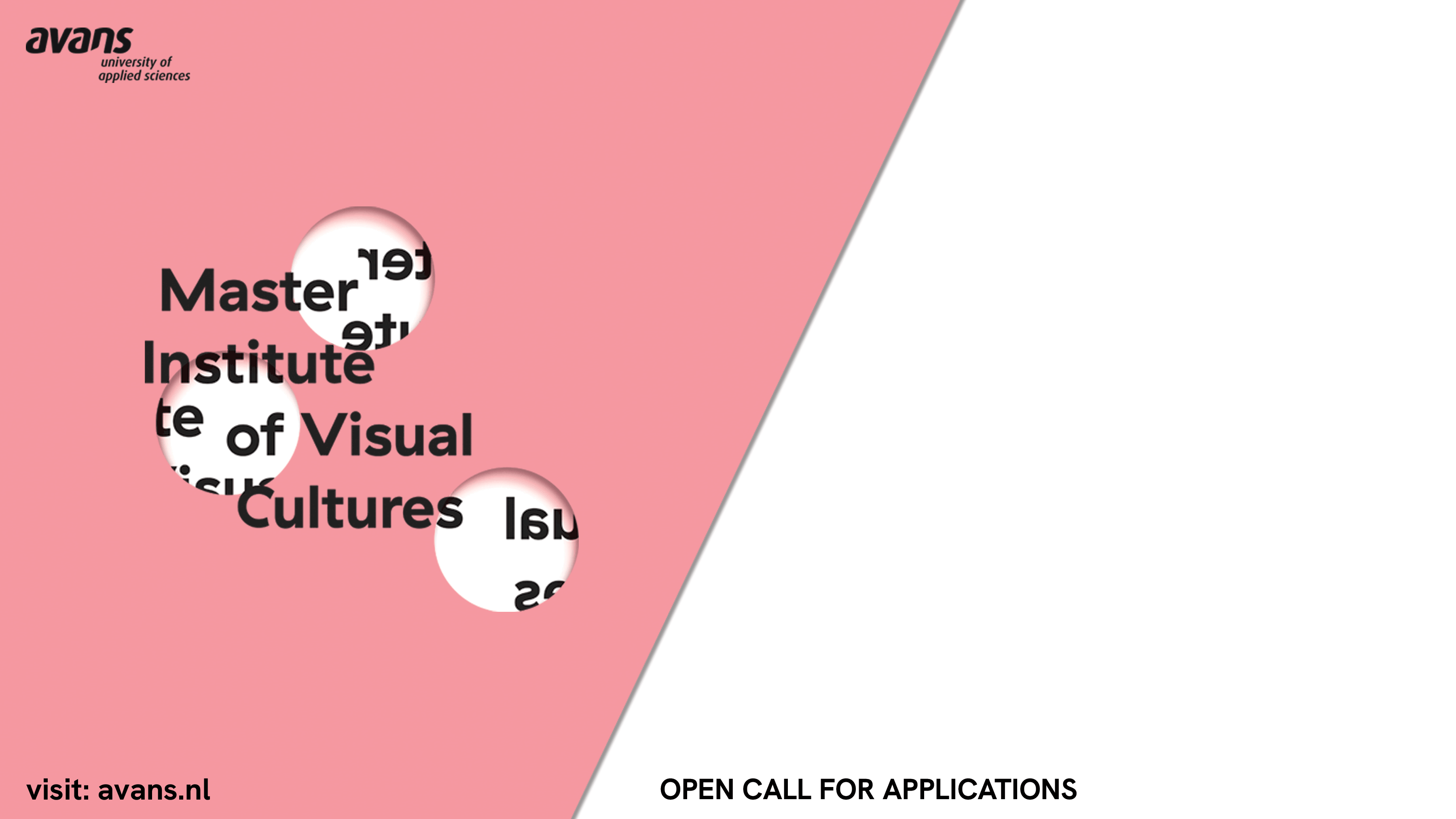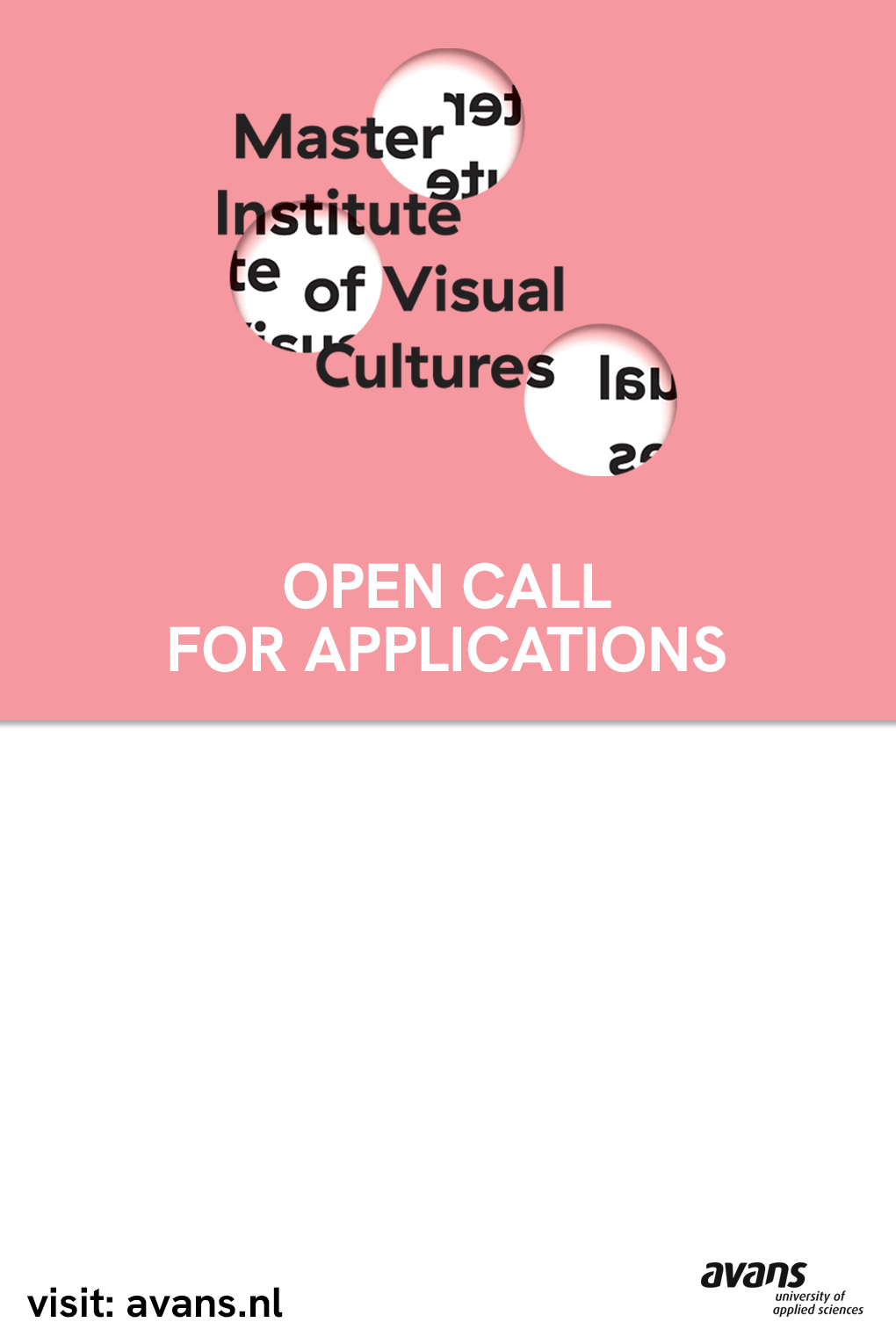BA application deadline: March 15, 2017
MA application deadline: April 7
Geneva School of Art and Design (HEAD)
Visual Arts Department
Boulevard James-Fazy 15
1201 – Genève
Switzerland
Teaching and learning Visual arts at HEAD – Genève: an imaginary conversation
Q.: What makes your school different from others?
A.: While reflecting on our pedagogy, we realized that it seems to have formed itself at the crossroads of different histories, that connect different traditions: the first one, that is certainly specifically Swiss, is the one of autonomy, of the self-taught artist, of anarchist views on education; the second one is the one of the Academy, of Humanist education and the European Enlightenment that directly influenced the creation of the Geneva School of Fine Arts in middle of the 18th Century. For this reason, HEAD – Genève is in the meantime the youngest art school in Switzerland (it is only ten years old) and the oldest one. Another interesting paradox lies in the scaling of our project: we represent the bigger art department in the country, but our project is composed in the form of a constellation of programs of various sizes, all designed at a human scale. Then, our programs try to delicately articulate order and informality, as well as a pragmatic take on the real world and the protection of the fragile ecosystem of education from the outside. In fact, this might simply mirror how art education itself relies on a paradox, that is more general: can one learn how to become an artist, whilst being an artist seems to be so intrinsically based on this intimate conviction? This might be why our school is marked by a strong genealogy of teachers, projects and alumnis that define this original identity, open to singular positions, refusing formatted curriculums and allowing conversation with the students who are invited to construct the pedagogy along with us.
Q.: How is the program structured?
A.: The Department is conceived as a network of interconnected programs, a composition of autonomous elements that articulate space and time specifically in relation with the students’ evolution. Our bachelor’s program is structured through three Sites that are defined by their practical potentialities, technical facilities, and pedagogical methodologies: the first one focuses on 2D (painting, drawing, printed matter), the second one on 3D (sculpture, installation, spatial practice), while the third one is called 4D (for time and technologies-based practices: video, film, photography, performance, sound art). At the core of our programs lie the studios, spaces that allow work and concentration, meetings and communal life, production and public presentations. On a daily basis, our students are engaged in the organic development of their own work, in relation to a group of professors, a series of teams formed of diverse subjectivities, linked by affinities and specific practices, and particular aesthetic and didactic positions. Their role is to encourage, criticize, and open new perspectives on the work in progress. Studio visits, critical sessions, informal self-teaching by students give rhythm to the weekly activity of the studios, relying on these main ideas: presence and commitment.
Q.: What is the relation in between theory and practice in the curriculum?
A.: Theory classes are led by professors whose approach opens art history to literature, cinema, or live arts, as well as to a constant crossover with research in the social, cultural, and political sciences. Courses are participatory, theory is envisaged as a form of practice, and is taught by figures that are themselves renowned researchers and agents that constantly work in cooperation with active artists. An interdisciplinary approach reigns as well over the technical classes, led by artists, designers, filmmakers, writers, composers, engineers, with a particular emphasis placed on production in fields such as publishing, through a program that invites students to develop artists books; writing, in the context of a class that lies at the intersection of theory and poetry, fiction and art production (the best texts are published as well); and art in the public sphere, with our Office for Public Interventions, which involves students in actual art commissions by public institutions. Then, step-by-step, towards the master’s level, our curriculum relies more intensively on project-driven pedagogy, opening up to the public sphere, confronting various audiences through particular long-term axes such as Research (CCC – Research-Based Master Program), Transmission (Trans – Art, Education, Engagement) and production (Work.Master – Contemporary Artistic Practices).
Q.: What kind of candidates are you looking for?
A.: For us, working in an art school does not only mean “teaching.” We are engaged in a tradition that considers art transmission as a site for freedom and experimentation, aesthetic invention and non-conventional research. Most of us develop a specific economy that makes teaching an integral part of our practice, of our vision of the world, of our “ethos,” one might say. Teaching means prototyping alternative forms of social organization, collectively, and practically forming a new consciousness of our environment, critically allowing other forms of relationship with it, and each other. So, we are now looking for candidates with strong personalities, with diverse backgrounds, and a real desire to experience a broadened vision of art practice that is open to societal matters, would it be ecological concerns, explorations of economical processes or cutting-edge scientific research. We want candidates with great expectations in art, a curiosity for high-level conversations, and also an appetite for hands-on experimentations. We are seeking Swiss and international individuals with an intense will to learn art history and theory, and to navigate the international art world through the dynamic art scene in Geneva… Those who read these lines, and who recognize yourselves in them, feel free to apply!
The Visual Arts Department at HEAD – Genève is one the most important, active and exploratory structure dedicated to art education in Switzerland and beyond, in Europe.
To apply, follow the link here.



